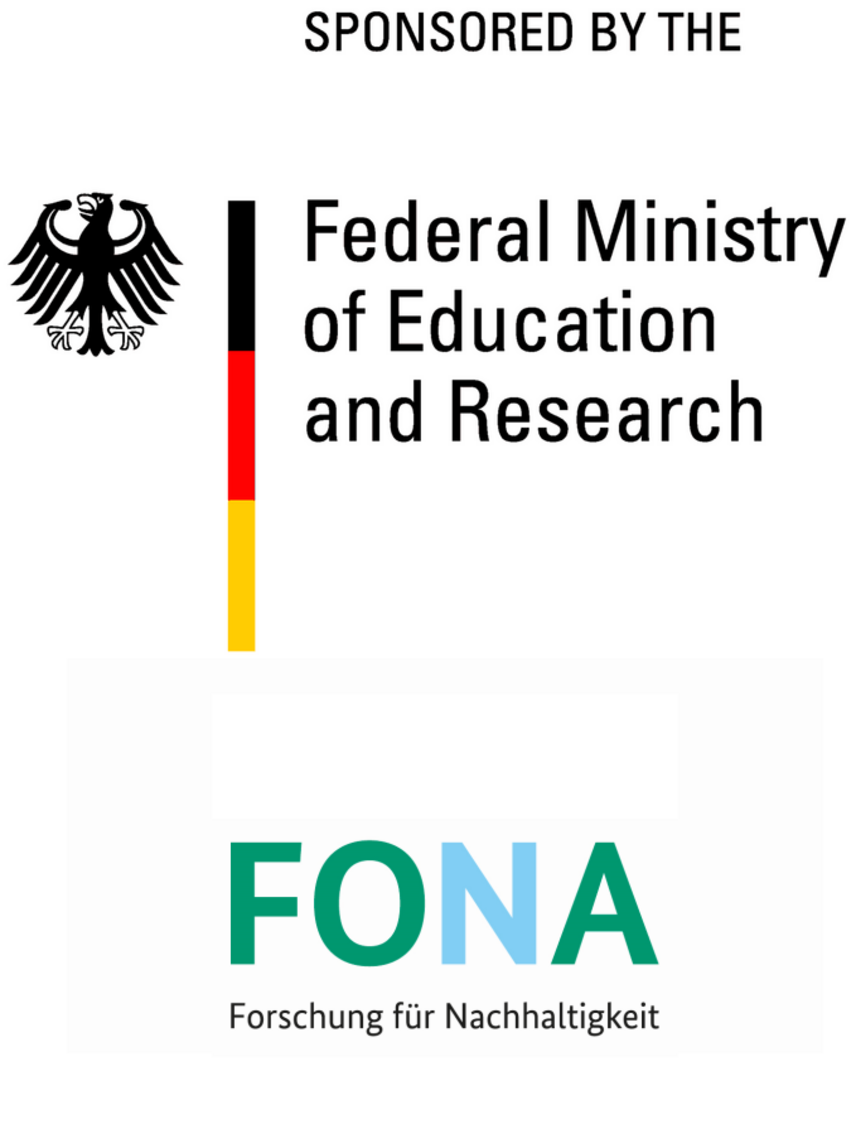The aim of the project is to examine the utilisation opportunities of brick-containing materials derived from the recycling of mineral construction waste.
The objective is to develop and describe the technical possibilities of producing resource-efficient cements with processed brick-containing construction waste and reduced clinker content, thereby reducing process-related CO2 emissions.
While using clay brick-based recycling building materials as pozzolanically reacting cement main constituents, high-performance cements as well as durable concretes can be achieved complying with the relevant assessment criteria in approval tests issued by the building inspectorate and proving the technical suitability for the application in the building industry.
The ecological and economic importance is based on the development of a cross-sectorial concept for the provision of technically and ecologically optimized construction products by closing material cycles within the industries of clay brick, recycling, cement and concrete.
VDZ is coordinating the overall project and is responsible for subproject 1: Durability of clay-brick containing concrete.
